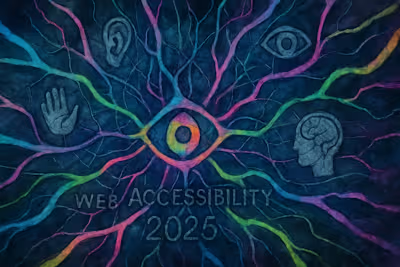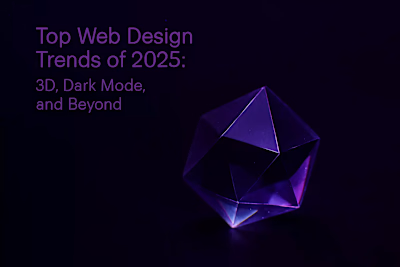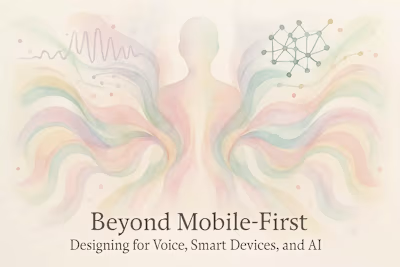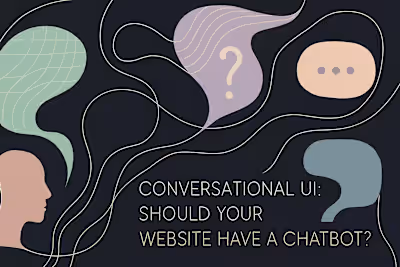The Future is Immersive: AR, VR, and What They Mean for Your Business
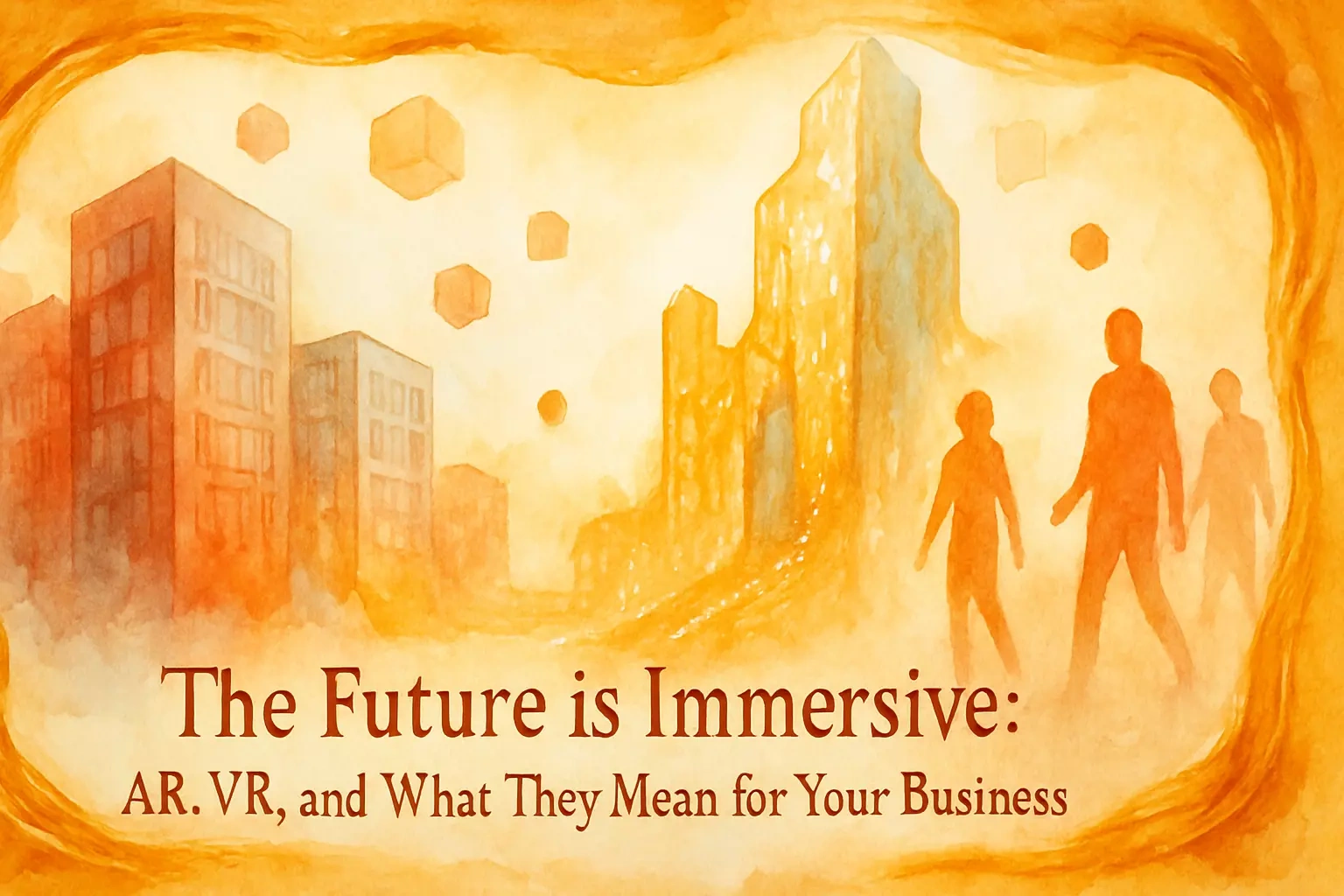
The Future is Immersive: AR, VR, and What They Mean for Your Business
Defining the Immersive Web: AR vs. VR
Augmented Reality (AR): Overlaying the Digital onto the Real World
Virtual Reality (VR): Creating Entirely New Digital Environments
The Technology: What is WebXR?
Practical Business Applications of AR and VR on the Web
E-commerce: 'Try Before You Buy'
Real Estate and Tourism: Immersive Virtual Tours
Education and Training: Interactive Learning Modules
Marketing and Branding: Unforgettable Brand Experiences
Designing for an Immersive World: New Rules, New Challenges
Thinking in 3D: Space, Scale, and Interaction
Performance is Paramount: Optimizing for a Smooth Experience
Accessibility in Immersive Environments
Getting Started: The Future is Closer Than You Think
References
The Future is Immersive: AR, VR, and What They Mean for Your Business
Defining the Immersive Web: AR vs. VR
Augmented Reality (AR): Overlaying the Digital onto the Real World
Virtual Reality (VR): Creating Entirely New Digital Environments
The Technology: What is WebXR?
Practical Business Applications of AR and VR on the Web
E-commerce: 'Try Before You Buy'
Real Estate and Tourism: Immersive Virtual Tours
Education and Training: Interactive Learning Modules
Marketing and Branding: Unforgettable Brand Experiences
Designing for an Immersive World: New Rules, New Challenges
Thinking in 3D: Space, Scale, and Interaction
Performance is Paramount: Optimizing for a Smooth Experience
Accessibility in Immersive Environments
Getting Started: The Future is Closer Than You Think
References
Posted Jun 30, 2025
Step into the next dimension of the web. Explore how Augmented Reality (AR) and Virtual Reality (VR) are creating immersive online experiences and what this means for the future of business.






